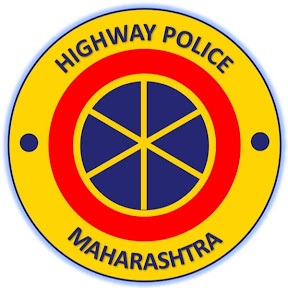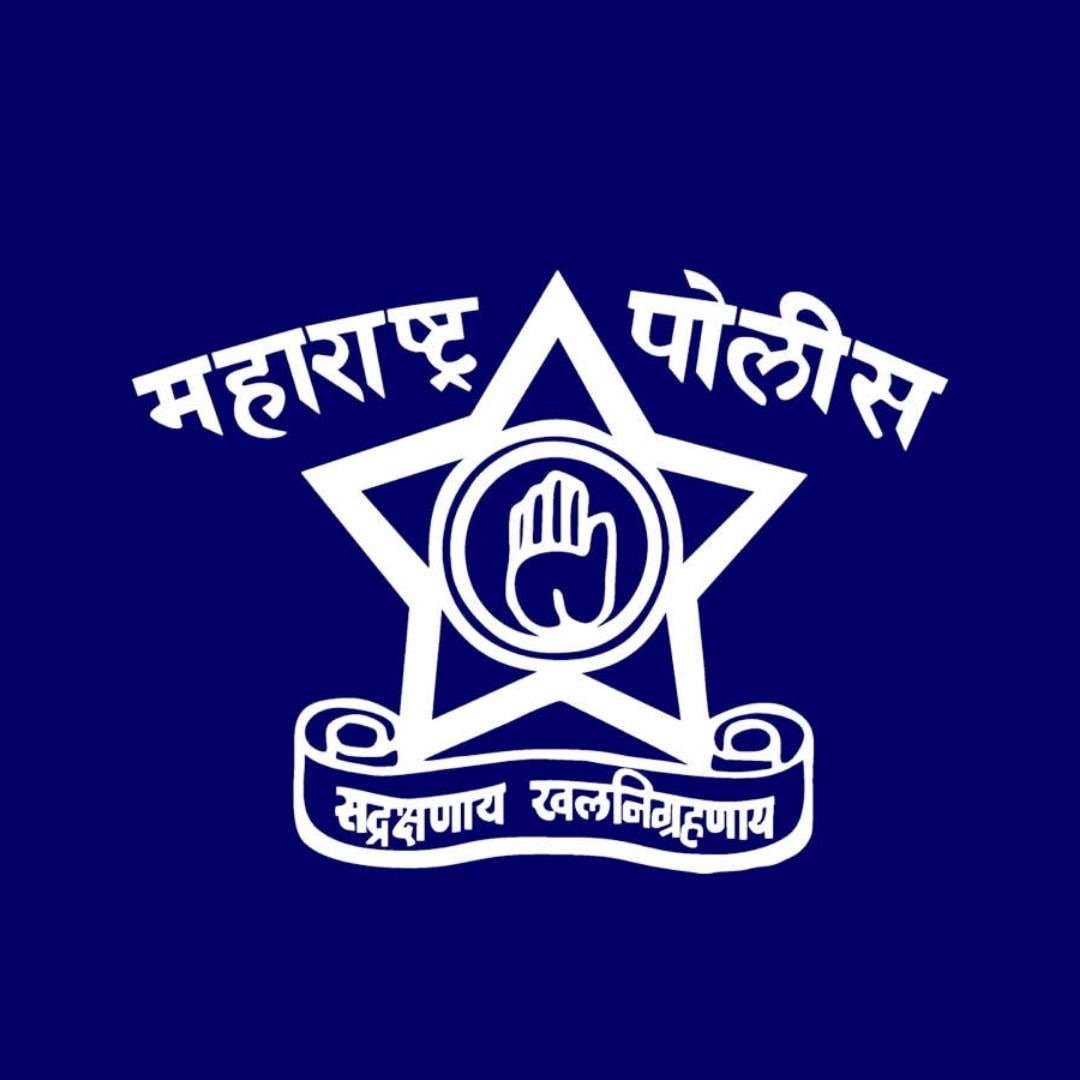IRAD/eDAR
Integrated Road Accident Database (iRAD)
The iRAD project is a comprehensive platform designed to enhance road safety in India by establishing a centralized, accurate database of road accidents.
What is iRAD?
iRAD is an initiative of the Ministry of Road Transport and Highways (MoRTH), Government of India, developed by the National Informatics Centre (NIC). Its main purpose is to create a centralized national database of road accidents. Data is collected on the spot by officials using a mobile application, which allows for a more uniform and error-free reporting system. This data is then used by various government departments to analyze the causes of accidents and formulate strategies to improve road safety.
Connected Departments and Their Roles
iRAD integrates several key departments to ensure a comprehensive approach to accident data management:
- Police: As the first responders, police officers use the iRAD mobile app to capture initial accident details, including photos, videos, and the precise location.
- Transport Department (RTO/MVI): Officials from this department are responsible for inspecting the vehicles involved in the accident and providing details on their condition, registration, and the driver's license information.
- Highways/Road Agencies: Engineers inspect the accident site to record details about the road's condition, design, and any environmental factors that may have contributed to the incident.
- Health Department: Hospitals and medical professionals provide data on the injuries sustained by the victims, the treatment administered, and the final outcome (e.g., fatal, grievous injury).
Key Features
- Mobile Application: Allows for real-time data entry directly from the accident scene.
- Centralized Database: A single repository for all accident data from across the country, rolled out in all States and UTs.
- Departmental Dashboards: Each stakeholder department has access to a dedicated dashboard for monitoring statistics and the status of reports.
- Data Analytics: The system is designed to analyze data to identify accident "black spots" and trends, aiding in preventive measures.
Benefits
- Improved Road Safety: By analyzing accurate data, authorities can implement targeted engineering, enforcement, and educational solutions.
- Efficient Coordination: The platform streamlines communication and data sharing between Police, Transport, Health, and Highway authorities.
- Data-Driven Policy: Provides a scientific basis for developing new road safety policies and evaluating their effectiveness.
Electronic Detailed Accident Report (eDAR)
eDAR is an extension of the iRAD platform, specifically created to digitize and fast-track the process of motor accident compensation claims.
What is eDAR?
eDAR (electronic Detailed Accident Report) is a digital platform that uses the data collected in iRAD to generate comprehensive reports required by Motor Accident Claims Tribunals (MACT) and insurance companies. It streamlines the entire claim settlement process, from filing the initial accident report to the final disbursal of compensation, by ensuring all required documents are submitted digitally within a mandated timeframe.
Connected Departments and Their Roles
In addition to the iRAD stakeholders, eDAR brings in legal and financial entities:
- Police (Investigating Officer): Responsible for filing a series of mandatory forms, including the First Accident Report (FAR), Interim Accident Report (IAR), and the Detailed Accident Report (DAR), directly to the MACT via the eDAR portal within strict deadlines.
- MACT and State Legal Services Authority (SLSA): These judicial bodies receive the digital reports from the police and other parties to adjudicate the claim and decide on the compensation amount.
- Insurance Companies: Access the accident reports through the portal and submit their own reports (Form-XI) to the tribunal. They are key to the settlement process, either by accepting liability or contesting the claim.
Key Features
- Digital Form Submission: The entire process, from Form I (First Accident Report) to Form XI (Insurance Details), is handled digitally.
- Strict Timelines: The process has defined timelines for the submission of each report to prevent delays.
- Integrated Workflow: The platform manages the workflow between the police, MACT, and insurance companies, including options for the insurance company to accept or reject liability.
Benefits
- Faster Compensation: Drastically reduces the time taken for claim settlement, with proceedings targeted for completion.
- Increased Transparency: All stakeholders have access to the same information, reducing ambiguity and potential for disputes.
- Fraud Reduction: The digital and time-stamped nature of the evidence and reports makes it harder to file fraudulent claims.
- Reduced Harassment: Victims and their families benefit from a more structured and less cumbersome process for receiving compensation.



